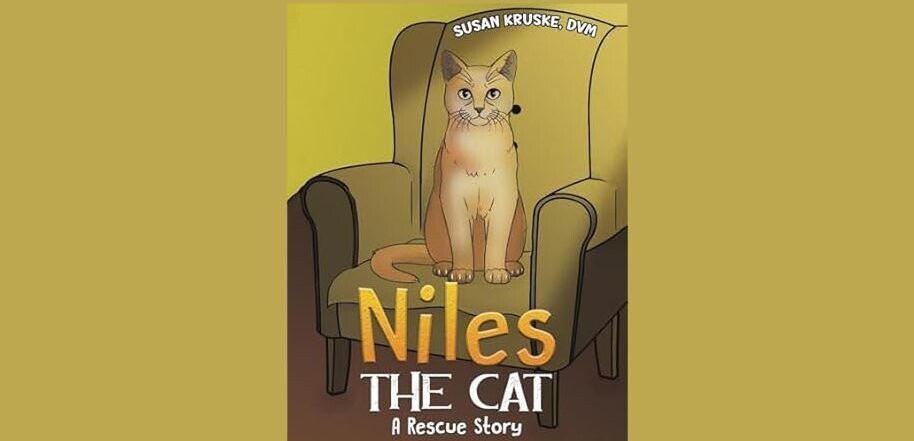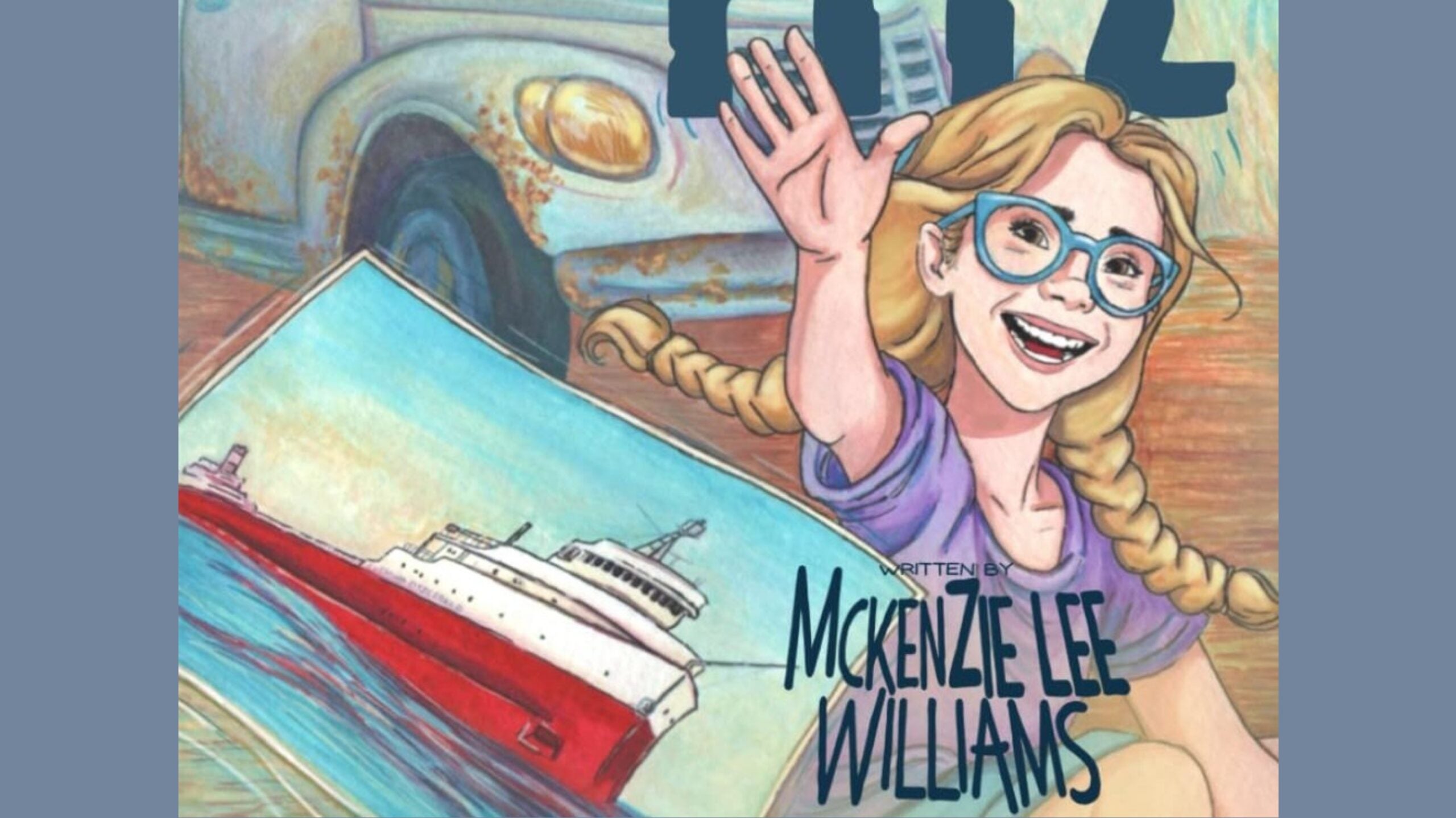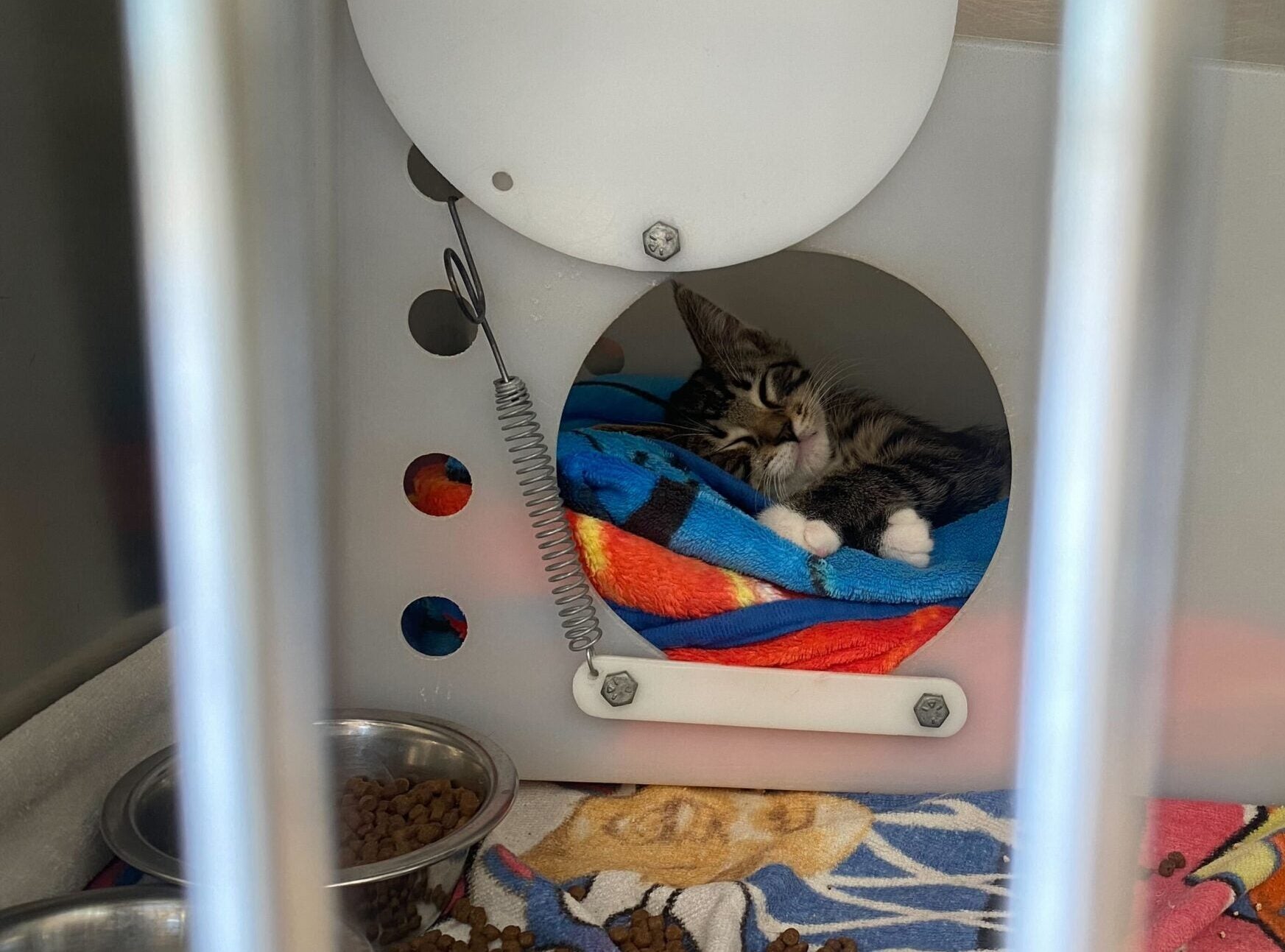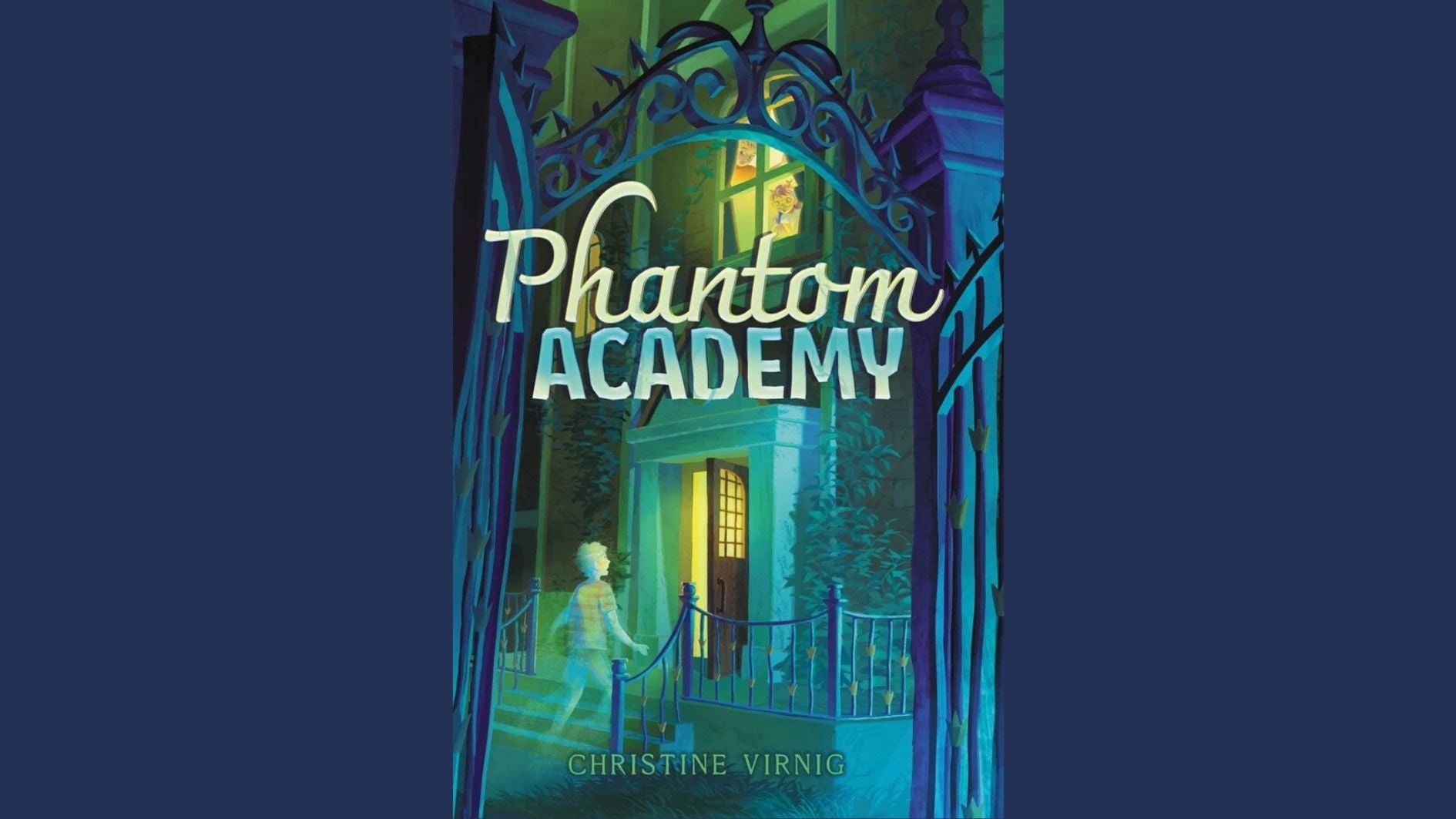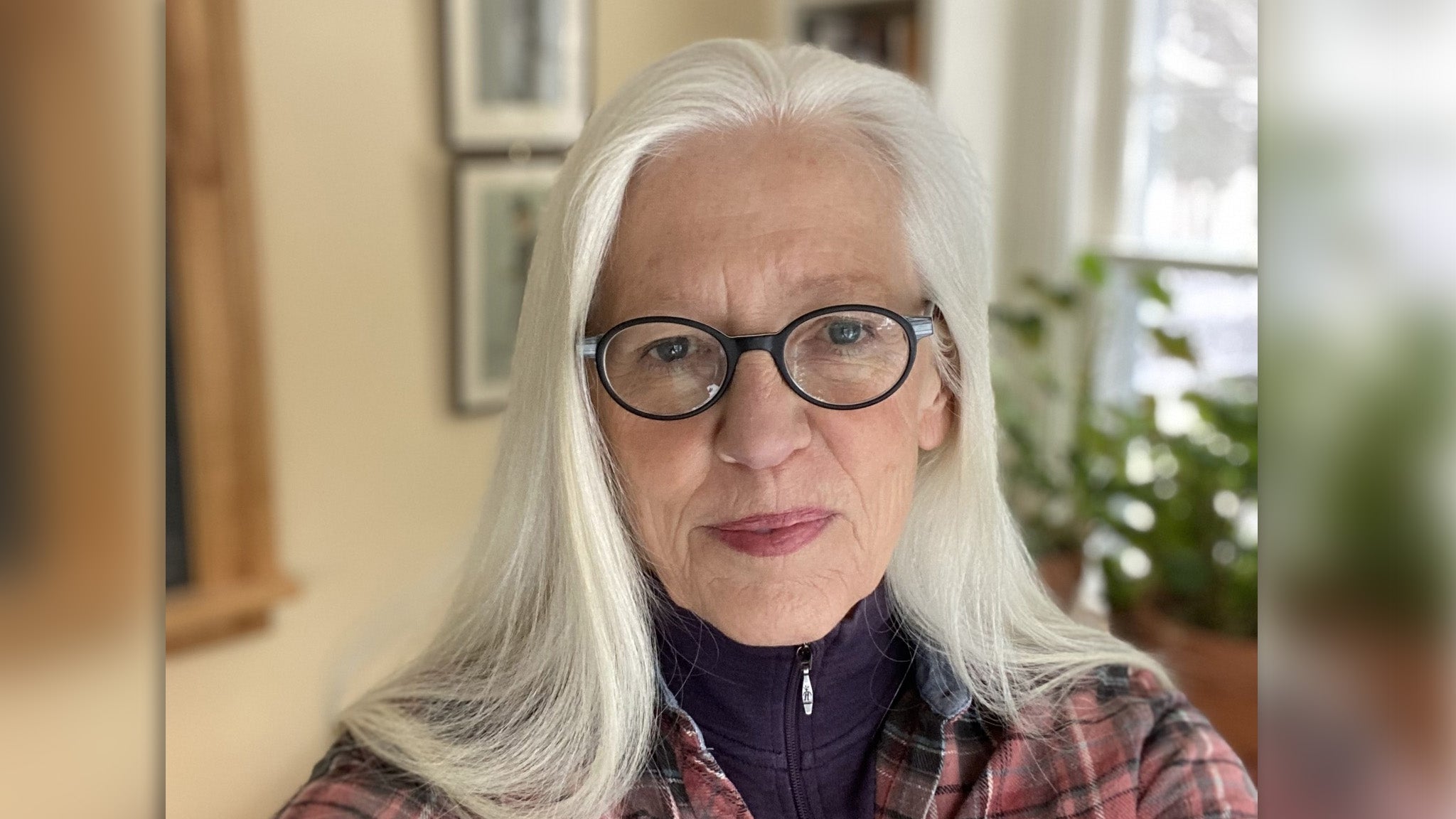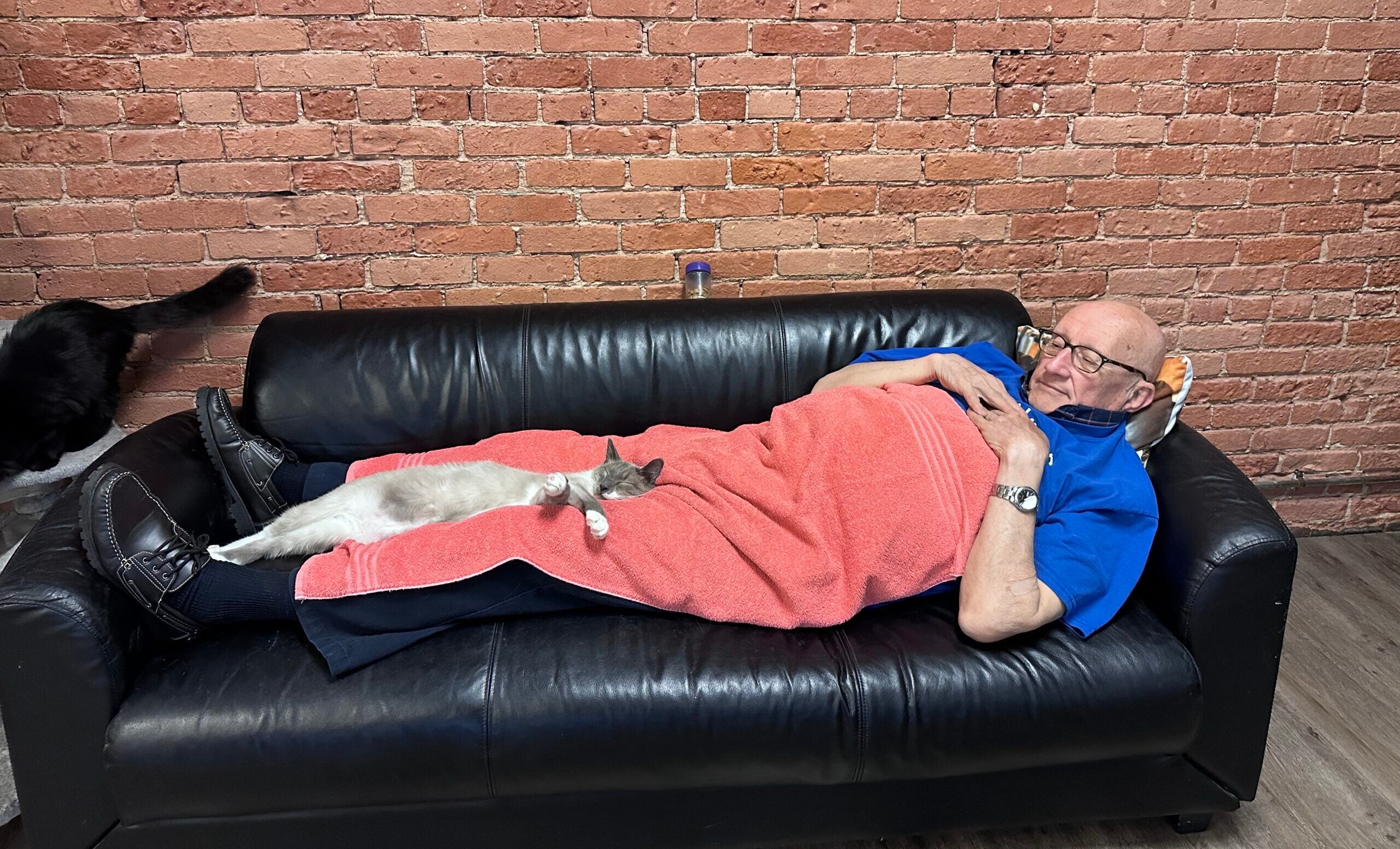After practicing for 35 years as a small animal veterinarian, Dr. Sue Kruske of southeastern Wisconsin is spending some of her retirement in the classroom.
“I think our teachers are phenomenal, and they could use all the help they could get these days,” she said on WPR’s “Wisconsin Today.”
Kruske’s work with young kids has led her to writing a children’s book about pet adoption, a process she learned about deeply during her time as a veterinarian.
News with a little more humanity
WPR’s “Wisconsin Today” newsletter keeps you connected to the state you love without feeling overwhelmed. No paywall. No agenda. No corporate filter.
Since 2021, Kruske has been volunteering with second grade students once a week at St. John XXIII Catholic School during two hours of reading and writing time.
One day, when students were writing chapter books about their pets, a student asked her, “Why don’t you write a story?”
She introduces listeners to her new children’s book called “Niles, the Cat: A Rescue Story,” which focuses on the adoption process of her family cat, Niles.
The following has been edited for clarity and brevity
Kate Archer Kent: Introduce us to Niles, the cat, and how he lands in a pet adoption center.
SK: The first part of the book is fictional when my daughter originally adopted him from the shelter in Chicago. She was told that he had come into the shelter with his mother and his sister. On more than one occasion, she had said to me, “What do you think happened to the mom and the sister?” It really bothered her.

As a veterinarian for 35 years, I saw hundreds and hundreds of animals that were adopted from rescues and humane societies, etc. They had the same question. It occurred to me that a lot of people don’t really have the understanding of what actually happens between finding a stray, trapping a stray through the whole time that they’re at the rescue. They’re spayed, neutered, vaccinated, bathed, socialized.
Of course, sometimes bad things happen, too. This is a children’s book, so I wasn’t going to even touch on anything like that.
KAK: The mom cat, to me, says, “Having babies is a lot of work.” As the reader, I say, “ I feel for you, mom.” In that moment, it makes me feel sympathy for older mother cats in the adoption process. How did you handle that moment?
SK: I wanted the mother to come across as adoptable, but yet, with a little bit more life experience, so to speak. I’m not giving anything away here, but she is adopted with another cat, and the other cat needs her. She’s still a mother, but yet she’s still an adoptable pet. Two cats together, if they’re already bonded, will make good pets together.
KAK: When you got feedback from your second graders that you work with, did you change any aspects of your story?
SK: They really liked it the way it was. That’s not to say I didn’t change certain aspects as I wrote it, thinking of them and thinking, “How would they handle this?” The fact that the cat was telling the story, I thought, would appeal to a second grader.
There are also aspects in there that are not necessarily animal related. They’re more friendship-related and it was trying to make the point that we need to be kind to each other. We need to appreciate each other.
One of the animals in the story is an older cat that has a little bit of disability. She has big ears and crooked legs and yet she is loved and appreciated. It was that sort of lesson that I wanted to bring across, as well.
KAK: A lot of students in Wisconsin struggle as readers and in literacy. What have you learned from students who read below a second grade level?
SK: When I went to school a million years ago and when my 30-year-old daughters went to school, the class read together. There was an actual second-grade level. Now, it seems that there are many levels in a classroom.
The teacher will say to me, “How did this group handle this particular series?” I think the teachers have their hands full right now. The teacher that I work with has book clubs that she puts the different levels with, and there’s usually a small group that’s in that level. If she has a child that doesn’t really fit into a level, that child feels a little left out, but she does her best. She tries to get the parents involved. She might try and get some extra tutoring, or summer school or something like that.
KAK: Did writing this children’s book teach you anything about yourself?
SK: I feel like at my retirement age, life is a lot less about accumulating things and more about accumulating experiences. My husband and I love to travel. Those are wonderful experiences.
Writing this book was, of course, a learning experience. It was a very positive experience getting it published, dealing with a publisher. My input was asked a number of times. I would encourage anybody to try it. It teaches you to have skills that you never really knew.
Wisconsin Public Radio, © Copyright 2025, Board of Regents of the University of Wisconsin System and Wisconsin Educational Communications Board.

